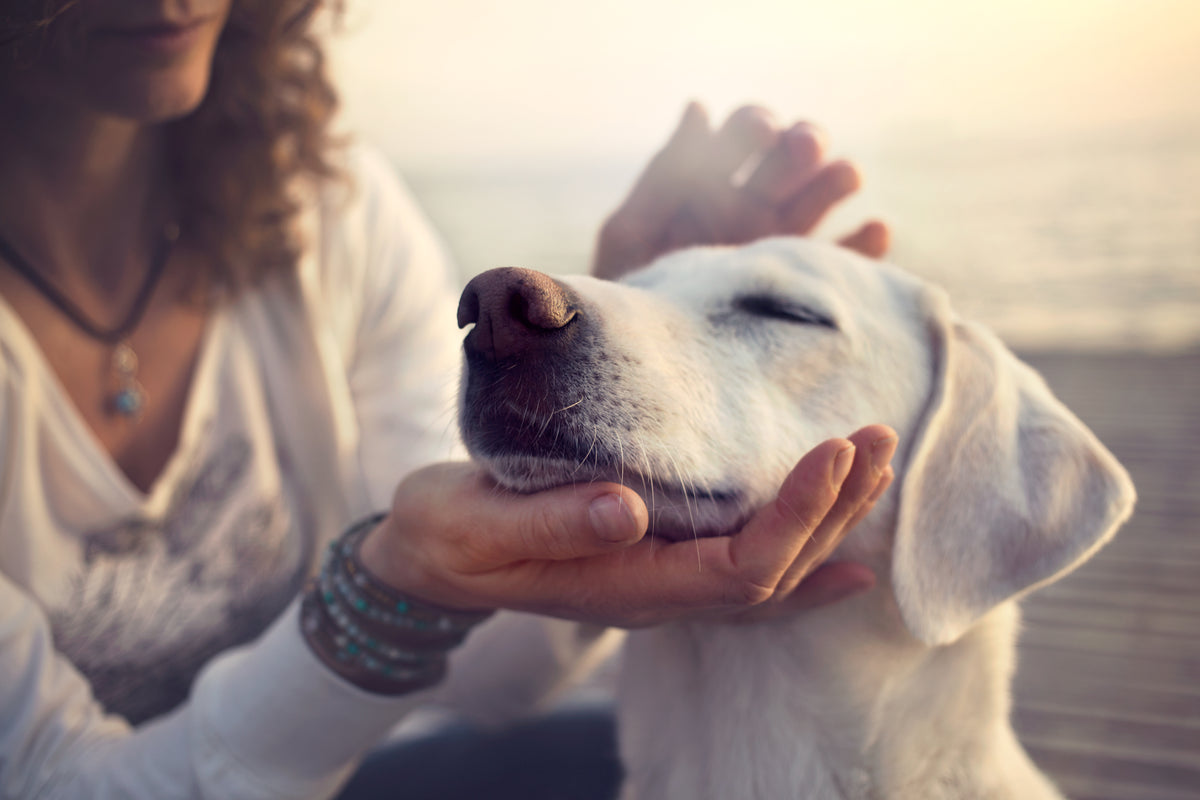With spring right around the corner, you may spend more time outdoors to enjoy the new blooms and warm weather with your pup. That said, a fuzzy little mischief-maker is flying around that you need to watch out for.
Bees are usually gentle and harmless if left alone—but if your puppy gets curious and decides to sniff a few flowers while a bumblebee is collecting her pollen or your dog steps on bee, well…she isn’t going to be too happy. Read on to learn about the steps you can take to treat your dog’s bee sting, avoid adverse reactions, and what you can do to reduce inflammation.
Watch for an Allergic Reaction
The most common areas for bee stings on dogs are their face, mouth, and paws. Following the initial yelp of the sting, you should watch your dog for any swelling, limping, or behavioral changes.
Like humans, dogs can also develop an allergic reaction to bee stings. You must watch for signs such as aggression, drooling, vomiting, or shortness of breath—especially if the sting is around your dog’s neck. If your dog shows any signs of an allergic reaction within the first 30 minutes, you need to go to an emergency animal hospital immediately so they can assess and treat the bee sting.
Remove the Stinger
Once you are sure that your dog is not having an allergic reaction, you can remove the stinger. You should do this around 30 minutes to an hour after your dog was stung—but only if you have ruled out the possibility of an extreme adverse reaction.
Unless the bee sting is in a tough spot, you can remove most stingers with the edge of a credit card or a pair of tweezers. This might pose a challenge if your dog is a wiggle worm, but the sooner you remove the stringer, the better, as it can continue to release venom into the bloodstream. Over-the-counter medications like the antihistamine Benadryl can help reduce and relieve swelling but always consult with your veterinarian before administering medication to your dog.
Cool Down and Get Comfy
So you’ve made sure your dog is not having an allergic reaction and you’ve removed the stinger—time to make your pooch comfy. Use a cool, absorbent compress like
The Absorber®
on the sting site to alleviate inflammation and swelling. You can also soak the sting site with Epsom salt or baking soda paste to help draw out the venom. Don’t be alarmed if the sting site still looks puffy—with proper care and compression, your dog should return to normal within a day or two.
The final (and very important) step in treating your dog’s bee sting is to give him or her plenty of pets, love, and attention. And of course, a few favorite treats can help make any booboo feel better.
Ready To Stop and Smell the Roses?
You should always take a bee sting seriously—for both dogs and humans. Bee stings have the potential to be deadly, so it is crucial that you recognize the first signs of an extreme allergic reaction. The better equipped you are at handling a bee sting in the first 30 minutes of the event, the safer you and your dog will be.
And don’t forget to be prepared for anything by bringing a super-absorbent cooling towel like
The Absorber®
on your next adventure—so you and your dog can stop and smell the roses without worry.



